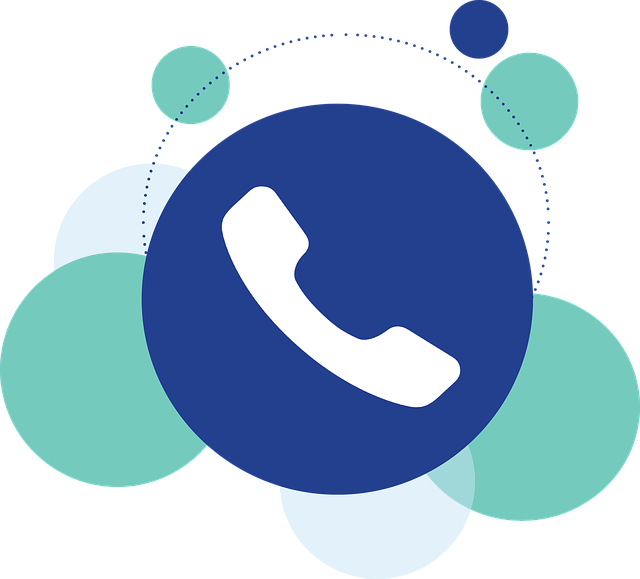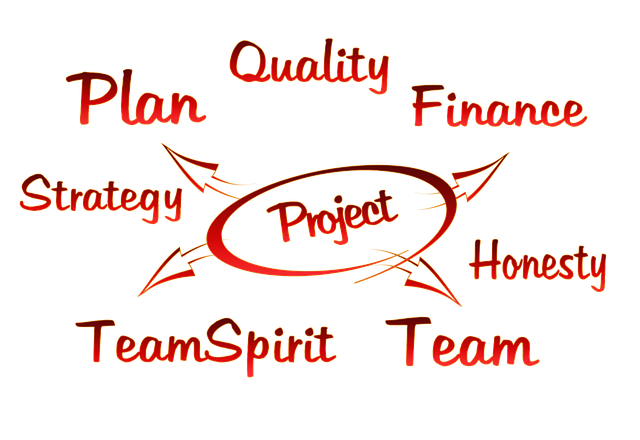Ein Startup zu führen kann eine spannende und herausfordernde Aufgabe sein, die jedoch auch mit vielen Risiken verbunden ist. Erfolgreich zu sein erfordert eine klare Vision, eine starke Führung, eine solide Finanzierung und ein tiefes Verständnis des Marktes und der Kundenbedürfnisse. In diesem Text werden einige wichtige Faktoren beschrieben, die beim Führen eines erfolgreichen Startups berücksichtigt werden sollten.
- Klare Vision und Strategie: Ein erfolgreiches Startup muss eine klare Vision und eine Strategie haben, die es ermöglicht, die Ziele des Unternehmens zu erreichen. Die Vision sollte inspirierend sein und die Gründungsmitglieder und Mitarbeiter des Unternehmens motivieren. Eine Strategie sollte ebenfalls vorhanden sein, um sicherzustellen, dass das Unternehmen auf Kurs bleibt und seine Ziele erreicht.
- Starke Führung: Eine starke Führung ist unerlässlich, um ein Startup erfolgreich zu führen. Der CEO muss in der Lage sein, ein Team zu führen und die Vision und Strategie des Unternehmens zu kommunizieren. Eine gute Führungskraft kann auch Hindernisse beseitigen und Lösungen für Probleme finden.
- Solide Finanzierung: Eine ausreichende Finanzierung ist für ein Startup von entscheidender Bedeutung, um erfolgreich zu sein. Es ist wichtig, eine realistische Finanzierungsbasis zu haben, die sicherstellt, dass das Unternehmen in der Anfangsphase überleben kann und genügend Ressourcen hat, um seine Vision und Strategie zu verfolgen.
- Kundenorientierung: Ein erfolgreiches Startup muss die Bedürfnisse und Anforderungen seiner Kunden verstehen und darauf reagieren. Eine gute Kundenorientierung ermöglicht es dem Unternehmen, seine Produkte und Dienstleistungen zu verbessern und an den Markt anzupassen.
- Agilität und Flexibilität: Ein Startup muss in der Lage sein, schnell und flexibel auf Veränderungen in der Marktnachfrage oder technologischen Entwicklungen zu reagieren. Agilität und Flexibilität ermöglichen es einem Startup, sich an neue Umstände anzupassen und Wachstumsmöglichkeiten zu nutzen.
- Talentierte Mitarbeiter: Talentierte und motivierte Mitarbeiter sind eine wichtige Ressource für ein erfolgreiches Startup. Es ist wichtig, ein Team aufzubauen, das die Vision und Strategie des Unternehmens teilt und bereit ist, hart zu arbeiten, um das Unternehmen voranzubringen.
- Kontinuierliches Lernen: Ein erfolgreicher Startup-Gründer muss offen sein für neues Wissen und sich immer weiterbilden. Kontinuierliches Lernen ermöglicht es dem Gründer, neue Technologien, Geschäftsmodelle und Marktentwicklungen zu verstehen und zu nutzen.
Zusammenfassend lässt sich sagen, dass ein erfolgreiches Startup eine klare Vision, starke Führung, solide Finanzierung, Kundenorientierung, Agilität und Flexibilität, talentierte Mitarbeiter und kontinuierliches Lernen erfordert. Wenn diese Faktoren berücksichtigt werden, kann ein Startup erfolgreich sein und Wachstumsmöglichkeiten nutzen.

